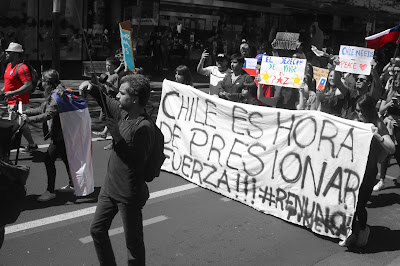The Embassy of Italy in Wellington in collaboration with the Italian Cultural Institute in Sydney and the University of Auckland was pleased to present a lecture by the Italian mathematician, logician, writer and expert of the history of science, Piergiorgio Odifreddi. The lecture took place at the University of Auckland, at the Owen G. Glenn Building.
The word polymath comes to minds when the name Leonardo da Vinci is mentioned. He is widely considered one of the greatest painters of all time to come out of the Renaissance period, known for The Mona Lisa (the most famous of his works and the most popular portrait ever made), The Last Supper (the most reproduced religious painting of all time), and his Vitruvian Man drawing (regarded as a cultural icon). His paintings and preparatory drawings—together with his notebooks, which contain sketches, scientific diagrams, and his thoughts on the nature of painting—compose a contribution to later generations of artists rivalled only by that of his contemporary Michelangelo. Although he had no formal academic training, many historians and scholars regard Leonardo as the prime exemplar of the "Universal Genius" or "Renaissance Man", an individual of "unquenchable curiosity" and "feverishly inventive imagination." He is widely considered one of the most diversely talented individuals ever to have lived. Revered for his technological ingenuity, Da Vinci conceptualized flying machines, a type of armoured fighting vehicle, concentrated solar power, an adding machine, and the double hull. He is also sometimes credited with the inventions of the parachute, helicopter, and tank. He made substantial discoveries in anatomy, civil engineering, geology, optics, and hydrodynamics, but he did not publish his findings and they had little to no direct influence on subsequent science.
Like with any journey, we must go back to the beginning. Da Vinci was born on either 14 or 15 April 1452 in Vinci, Republic of Florence (present-day Italy) as Leonardo di ser Piero da Vinci. Odifreddi then remarked a quote from the Russian literary giant, Vladimir Nabokov, in which he said "There are three ways of looking at a painting, a reading a book or a theorem. The fist is the infantile; the way a boy or a girl would look at a painting or reading a book in which they are struck by the story of the painting or the book... Then there's the adolescent; the way a mature viewer or reader is intrigued by the message of the painting or book when viewing them in order to understand how the mind of the creator works.." Odifreddi used Da Vinci's Annunciation and The Last Supper as examples, two pieces of art in which one can notice, when viewing with the adolescent eyes, intentional lines which are organised to create a one-point perspective. This is known as Linear Perspective, a method in Renaissance art that was coined by Filippo Brunelleschi in 1415. This exemplified not only his artistic eye but also his mathematical mind. However, Da Vinci would prove unsuccessful with the former example due to a lack of rudimentary mathematical knowledge, as well as of the Divine Proportion/Golden Ratio. Since he lacked formal education in mathematics, contemporary scholars mostly ignored Leonardo the scientist. In the 1490s he studied mathematics under Luca Pacioli and prepared a series of drawings of regular solids in a skeletal form to be engraved as plates for Pacioli's book Divina proportione, published in 1509. Da Vinci completed over sixty drawings for Pacioli. Da Vinci spent the last four years of his life in Amboise, Kingdom of France (present-day France), until his death on 2 May, 1519. Today, the house now serves a museum where his works are preserved for display.



















































